The Kiss is a podcast series written and presented by Bibi Berki and made by Tempest Productions. For the first time, it presents the backstory to the making of the all-woman German film of 1931, Mädchen in Uniform. The series is part tribute, part history, part biography as well as a personal journey of discovery for the author. This page has been designed to accompany the series and to provide the listener with further bibliographical information as well as pictures for each episode. The Kiss is not intended to be a scholarly work and therefore this page will not supply notes and references but if anyone is interested in source materials, then please do get in touch.

A bit about the author. Bibi Berki is a writer and journalist based in London. She writes on news issues for several titles and websites as well producing fiction. But her passion is writing about film. The Kiss is the result of years of research and wider reading. It’s aimed at all listeners: those who are interested in film, in women’s history, general history or who just love to get lost in a fascinating true story.
Episode 1
The Soul at Work

This episode introduces the podcast series and explains how it came to be. It gives a rundown of the film’s plot and discusses how the series will progress – namely how a detailed look at aspects of the lives of the women involved in the project can be “heard” in the film they made.
Further reading: Kracauer, Siegfried, From Caligari to Hitler, A Psychological History of the German Film, Princeton University Press, 1947
There is also a reference to the online film store which specialises in old German movies, Rare Films and More https://www.rarefilmsandmore.com/

Episode 2
A Motherless Girl
This week’s episode begins with the great tragedy of Christa Winsloe’s early years – the death of her mother – and touches on the life she led as the daughter of a Prussian cavalry officer. It also visits Darmstadt of the early 1900s and asks why she might have felt so out of place in her family and wider world as a young girl.
In terms of further reading, the authority on Christa is unquestionably Doris Hermanns who has written two books on her, one a biography. It’s only available in German but let’s hope it comes out in translation some time soon.
Doris Hermanns, Meerkatzen, Meissel und das Mädchen Manuela, Die Schriftstellerin und Tierbildhauerin Christa Winsloe, Aviva 2012.
A. Fischer, The Scots in Eastern and Western Prussia, Otto Schulze & Co, 1903.
Christa Winsloe, Children in Uniform, adapted by Barbara Burnham from the play Madchen in Uniform, Samuel French, London, 1933.
Christa Winsloe, The Child Manuela, Virago, 1994, trans Agnes Neill Scott.
Some images to accompany this week’s episode, including Darmstadt circa 1900, some pretty impressive Prussian soldiers and Heinrich Jobst’s marble bust of a the 19-year-old Christa Winsloe, in a permanent collection at the Matildenhohe in Darmstadt.
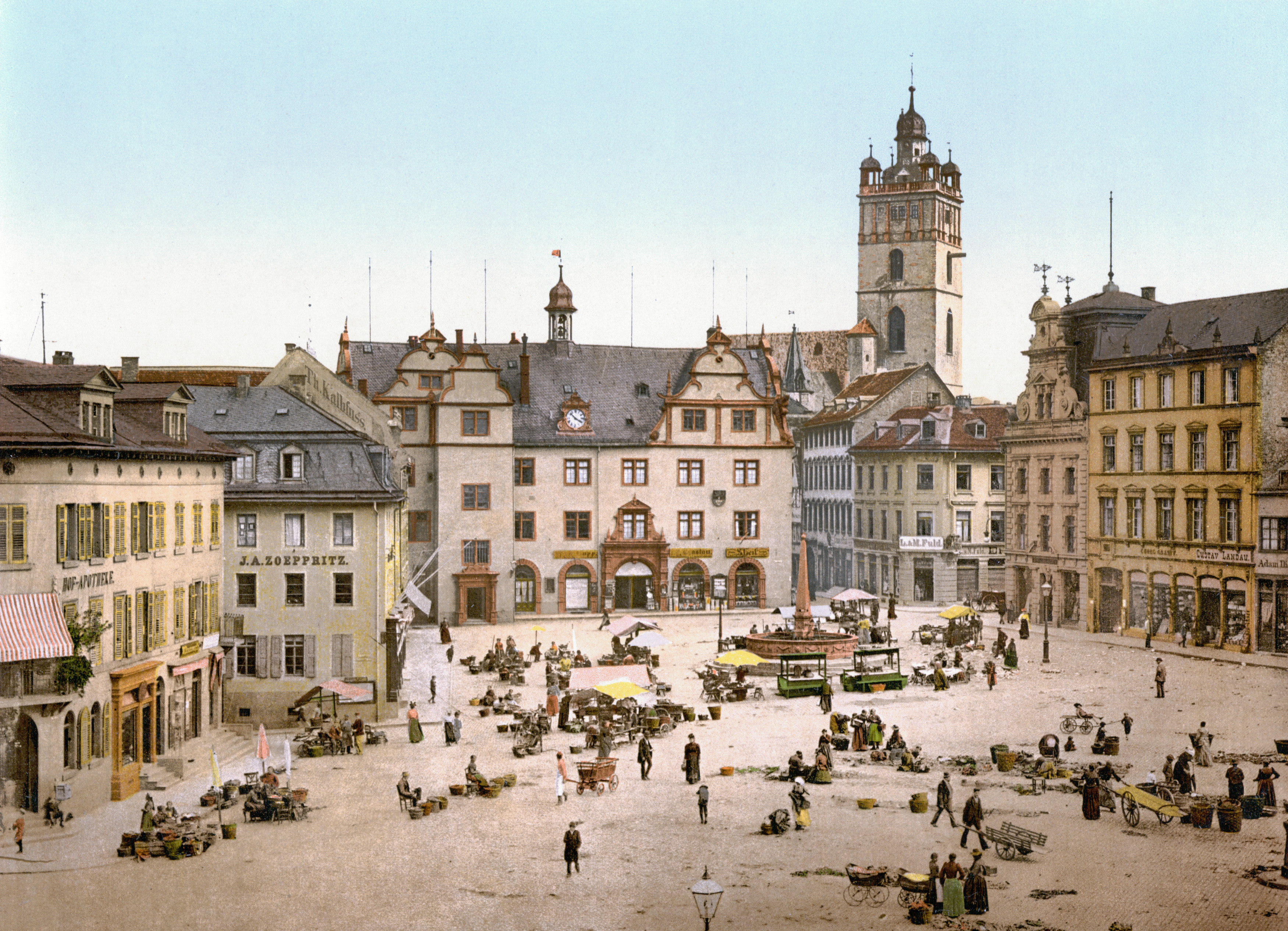

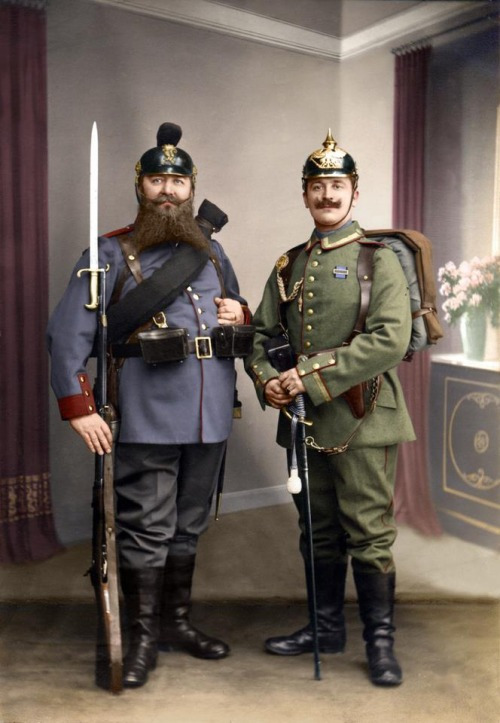
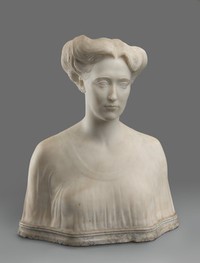
Episode 3
Mothers of Soldiers
This episode concentrates on Christa’s days at the Empress Augusta boarding school for girls in Potsdam, Berlin. Much of the atmosphere is gleaned from her novel, The Child Manuela, and from interviews she later gave to newspaper as well as remembered comments recorded by friends.
Her early artistic life is also captured in fiction in her novel Life Begins.
Here’s an interesting quote from the novel, not mentioned in the podcast. It’s spoken by the main character, Eva:
“What precisely that word “different” implied, a word that haunted her like a commandment, she was not at all sure. At any rate, not the kind of person she was at home. She loathed herself when she thought of herself.” [p25]
So, the main new reading references for this episode are:
Winsloe, Christa, Life Begins. English translation by Agnes Neil Scott, Chapman & Hall, 1935
Mancoff, Debra N. Danger! Women Artists at Work, Merrell, 2012
Our pictures are of the Empress Augusta herself, last empress of Germany, Potsdam in all its magnificence in 1900 and Munich at around the time Christa would have been training as a sculptor and hanging out with her artist friends.
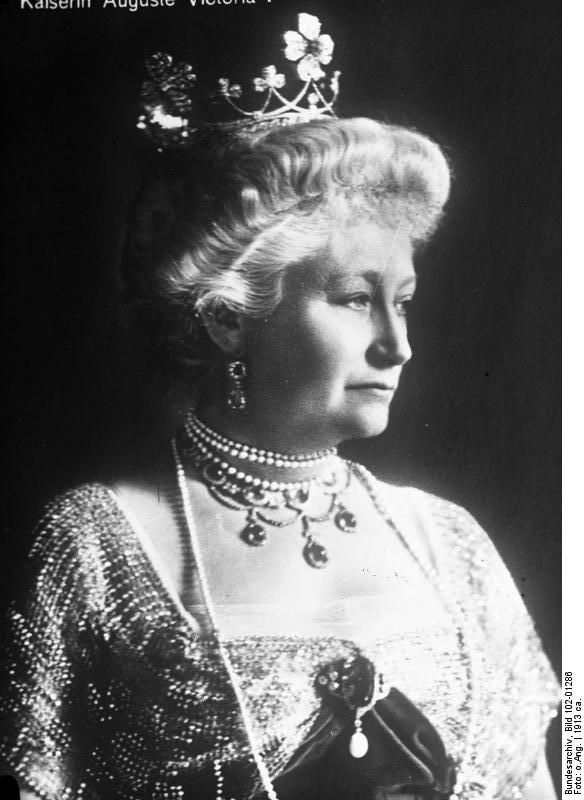
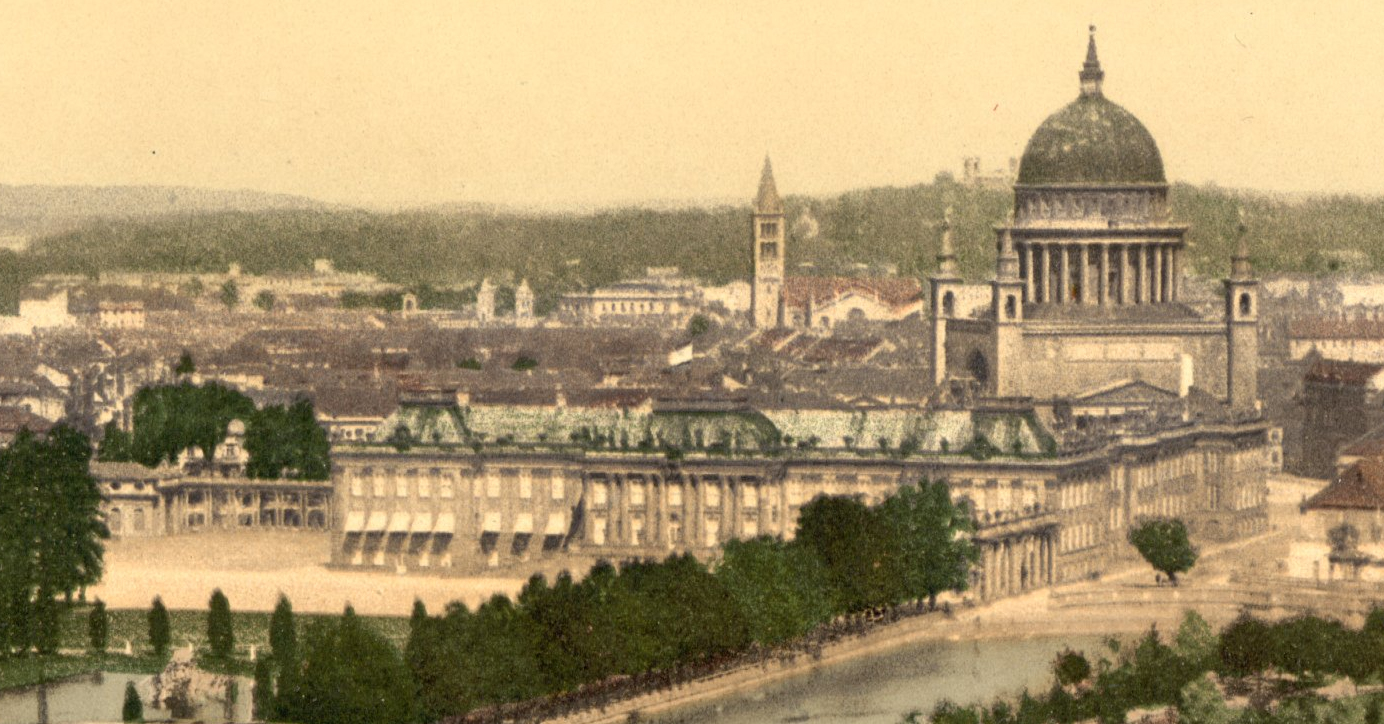

Episode 4
Shouting from the Mountain
We meet Leontine Sagan (then known as Schlesinger) in this episode. Born in Budapest, Viennese for her earliest years and then taken to South Africa where her father was a prospector and businessman. She arrived in her new home of Klerksdorp aged 10 in 1899, just as the Boer War broke out. Leontine would always call South Africa home although she spent many, many years away from it, living in turn in Vienna, Berlin and London. Her memoir, Lights and Shadows, is our main reading reference for this episode.
Sagan, Leontine, Lights and Shadows, edited and introduced by Loren Kruger. Witwatersrand University Press, 1996
The pictures below are of the Klerksdorp concentration camp and of Johannesburg taken around the turn of the last century.
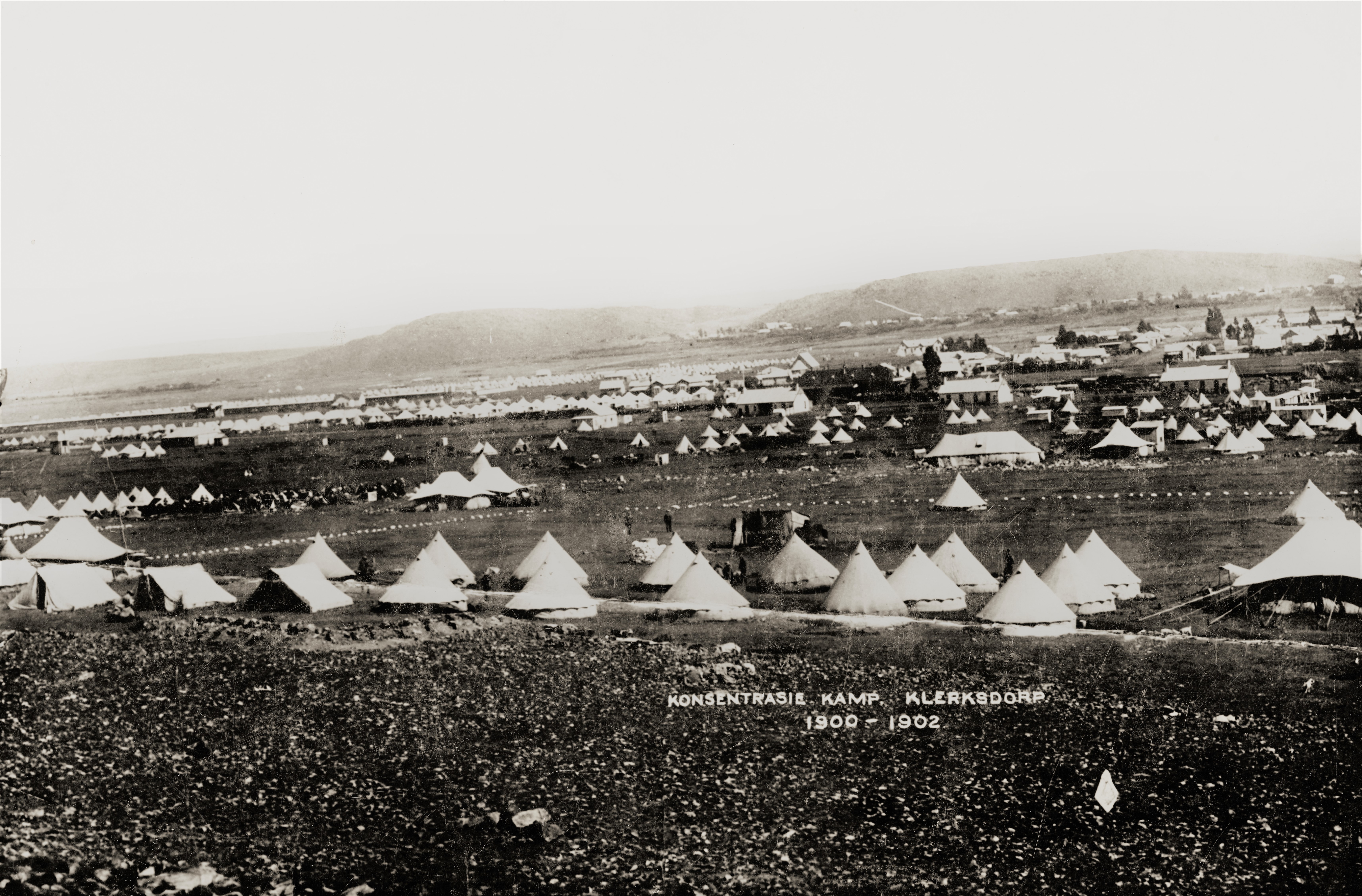
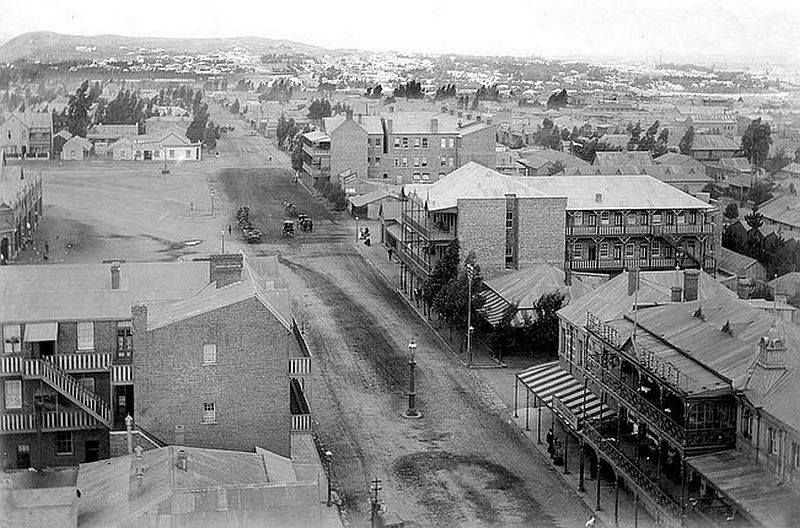
The podcast episode itself is here:
Episode 5
The Baroness
When Leontine Sagan was still a young actress, barely out of training, she was invited by a friend back to her house. The friend came from the Junker class of Prussian aristocracy and Leontine’s description of entering the home is fascinating and very telling. It’s like she’s come upon another country with strange inhabitants. The women are very feminine in their pretty dresses, the men formal in their uniforms. They seem so dull to Leontine. Staid, boring, traditional. And they view her as a strange creature, someone they don’t really understand. An oddity. The two worlds cannot meet, don’t want to and wouldn’t know how.
I think of this passage often when I consider the life that Christa Winsloe came from. Although I’ve often described her as a bohemian, someone from the artistic set, she came from exactly this traditional background and I don’t think it ever really left her. Although she married into aristocracy it was a very different, far more glamorous and metropolitan kind of aristocracy. Much, much richer as well. But nonetheless Christa’s background was one of class and decorum and keeping up appearances. She needed to grow and adapt into her new avant-garde world, whereas Leontine, a genuinely classless artist whose background was peripatetic and chaotic, could make herself at home anywhere and was a real free spirit.
So, some pictures…
Here is Christa looking rather lovely and bohemian – you can see how she would appeal to a man like Laci Hatvany, who was in love with that world and gathered the artistic set around him wherever he went. And here, too, is Laci. Self-assured, dapper, a young man of wealth, confidence and ambition. Were the two a good match? On paper, yes. As a married couple? How could they be?
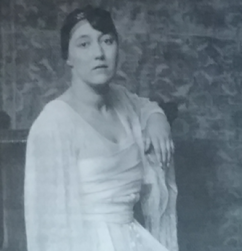

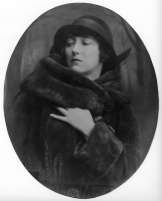

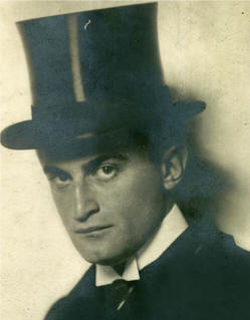
The podcast episode here:
Episode 6
The Reinhardt Effect
It is impossible to overestimate the contribution that Max Reinhardt made to 19th Century European culture. German theatre was at its most daring, flamboyant and provocative in the first decades of the century and he was at its centre, producing the work of controversial new writers, bringing exciting acting talent to prominence and creating breath-taking spectacle. For Leontine Sagan to have had some experience of this world from its very core is highly relevant to our story. Her approach to acting was to wring the truth out of every word – to create a heightened emotion. It must have been a glorious time for her as a young woman, appearing in major works of drama, focusing her energies on her calling. This striking publicity shot was taken of her in Vienna in 1913.

And here is the Master himself, Max Reinhardt.

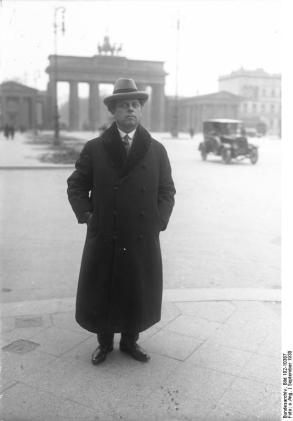
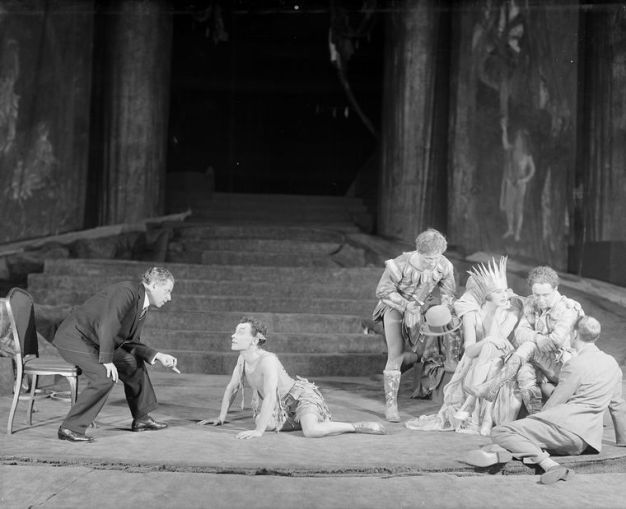
This week’s episode is here:
Episode 7
The Outsiders
Christa Winsloe made something of an industry out of her childhood experiences at boarding school. It was clearly a moment in her life that she felt defined much of her world outlook. There is some suggestion that she fictionalised the school story in novel form first but by the late 1920s she was looking at it as a stage play. And why wouldn’t she? Germany’s theatrical output was prodigious, bold and exciting. Leontine Sagan may not have been overly impressed by the play’s “dramaturgy”, as she later put it, but what neither woman could know, was that this awkward little play would be a catalyst to much bigger things for both of them.
A selection of titles for further reading this week:
Gay, Peter, Weimar Culture, The Outsider as Insider, Norton & Co., 1968
Meskimmon, Marsha, We Weren’t Modern Enough, Women Artists and the Limits of German Modernism, IB Taurus, 1999
Haxthausen and Suhr (editors), Berlin Culture and Metropolis, University of Minnesota Press, 1990
Now for some faces to go with the names. In this episode we are introduced to Erika Mann, actress, writer, controversialist, free spirit. We also meet the actress Hertha Thiele for the first time. She will play a very important role in our story.
Erika first:
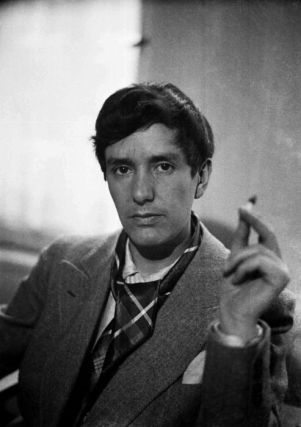
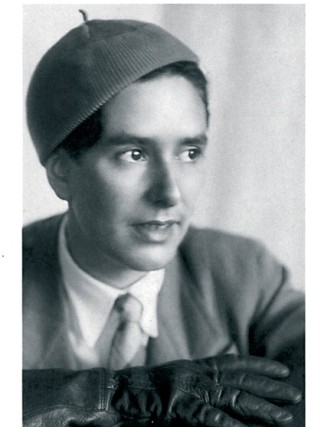
And here are the first of many pictures of Hertha to come:
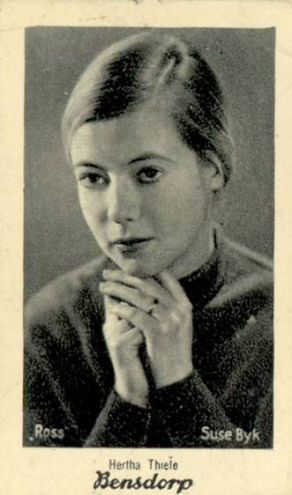

And finally, this week, that marvellous image of Marlene from Morocco:

Here’s the episode as well:
Episode 8
A Question of Casting
Things are moving along fast now. Christa’s play, Gestern und Heute, has come to the attention of the well-known movie producer Carl Froelich. The world of film moves much faster than theatre and Leontine and Christa find themselves having to attend meetings at the studio and must learn this new craft fast. The choice of cast is vital. So much of the vibrancy and emotional power of this film will rest on unknown shoulders.
But our first picture is of Froelich himself. Both Leontine and Hertha described him years later as an elderly man at the time of the shooting. He would only have been in his fifties, in fact, but maybe his bearing – rather measured and friendly – made him seem older than his fellow directors of the period. This picture is from roughly around the time the Mädchen women worked with him.

Now for some of the supporting cast: Emilia Unda, Hedwig Schlichter and Ellen Schwanneke
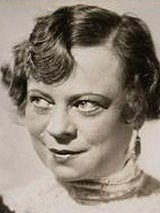
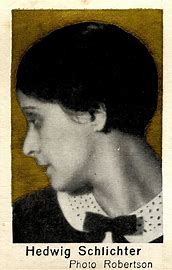

And our two stars, Hertha Thiele and Dorothea Wieck. Perfect casting in every regard:
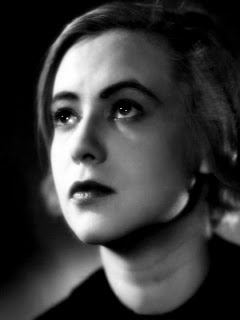

And finally Leontine. Her first movie as a director – her greatest legacy.

The episode itself:
Episode 9
The Lola Lola Effect
There is very little information available about the actual making of Mädchen in Uniform and, fair enough, why would there be? Movies were being pumped out back to back and no one expected this one to enjoy any particular longevity. This episode picks apart the factors – both intentional and accidental – that contributed to elevating the film out of the ordinary. It looks at location, camerawork, performance, lighting, and what was going on in German cinema at the time which might have influenced the film’s thematic boldness.
The following scenes give us a flavour of the action and the atmosphere of Mädchen in Uniform.
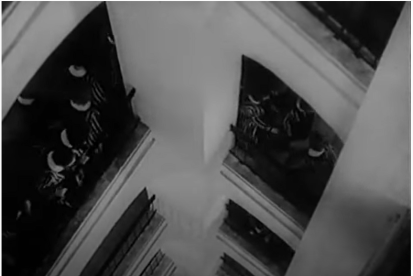
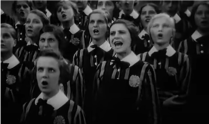

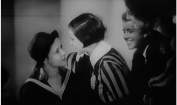
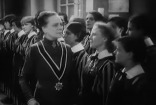
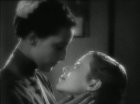
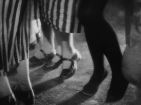
Episode 10
Twenty More Metres of Kissing
The film is out! And audiences love it.
One of the great revelations in researching this podcast series has been discovering how popular the film was over here in Britain. The critics praised it loudly for the quality of it acting, its technical assurance and the pertinence of its themes. Audiences, however, just got pulled into a story of love and innocence.
In Germany the film was also much-loved and, despite suggestions since that the new Nazi party was not keen, there is no evidence that it was not shown or was banned. Later on, yes, the film was forbidden but even then it got the occasionally airing.
For more on the cinematic appetites of Germany under the Nazis, read:
Rentschler, Eric, The Ministry of Illusion, Nazi Cinema and its Afterlife, Harvard University Press, 1996.
This excellent film history is a revelation about how German audiences shunned propaganda films and simply wanted escapism during the darkest hours of the war. As we all would.
Hertha and Dorothea became international stars thanks to the success of Mädchen in Uniform. They went on to make further movies, including the memorable Kuhle Wampe for Hertha, but only appeared together in a starring role once more. Anna und Elisabeth is a strange, uncomfortable film and not a great outing for the pair of them. This dramatic story of a girl who is hailed as a miraculous healer by her community, remained obscure and impossible to get hold of for years – until the brilliant http://www.rarefilmsandmore.com came to the rescue. It is a must for Hertha and Dorothea fans but prepare yourself for a very different viewing experience to the one that came before.
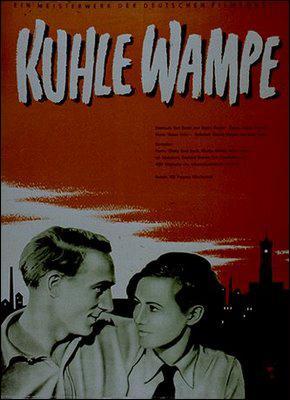
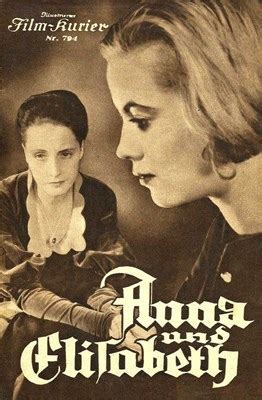

Dorothea had her moment in Hollywood. She looked every inch the movie star in her film, Miss Fane’s Baby is Stolen. Here are some publicity shots and posters.
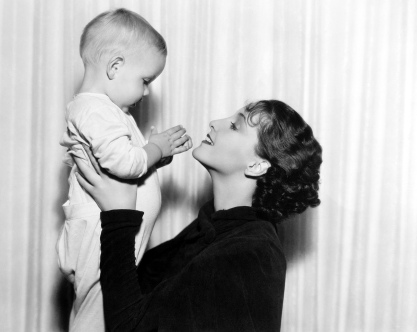
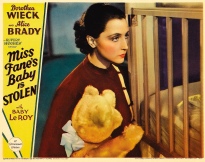
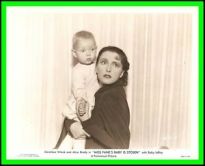
And finally the image that knocked the podcast author sideways when she saw it by chance at the Berlin film museum.

Here’s this week’s episode:
Episode 11
The Traveller
Leontine Sagan’s career trajectory went in a very different direction to that of the rest of the Mädchen women. She already had a solid background in theatre and was in demand abroad as soon as the film came out. Her heart was always in theatre but in 1931, as soon as Mädchen in Uniform came out, she was hailed as a cinematic genius. She went to London, invited by Britain’s greatest cinema mogul (arguably our only cinema mogul), Alexander Korda, and set about making a film for him. Men of Tomorrow was not a happy experience and the film failed to make any kind of impression. She could have licked her wounds and tried again but she didn’t want to. She went back to the theatre and eventually fell in with Ivor Novello, with whom she produced some spectacular large-scale musicals.
Here, then, is Korda, the Hungarian-born director, screen-writer and producer. Under him, British movies flourished and competed with the best in the world. Like Leontine, he had a brief and unremarkable stint in Hollywood before making London a beloved base.
And here is Ivor Novello, wunderkind, pin-up, superstar.

Leontine is rather elusive in her memoirs. She seems to be saying a lot – sounds like she’s being very candid – but actually she’s very guarded and doesn’t like to give too much of her real self to the reader. There’s no question that she got on very well with Novello, both of them gay, both passionate lovers of theatre, both very conscious of their public persona.
This is a wonderful picture of Leontine. It feels “real” and captured, which is always far more revealing and interesting that a publicity shot.
This episode’s reading reference:
Macdonald, Kevin, Emeric Pressburger The Life and Death of a Screenwriter, Faber, 1994
Episode 11 of the podcast:
Episode 12
An Expert on Girls
Some of the most honest and revealing descriptions of Christa Winsloe come from the pen of the American journalist Dorothy Thompson. A world-renowned foreign correspondent, Dorothy was also a tireless diarist and note-taker of life. She and Christa had, if not an love affair, then something very like it. Dorothy was besotted by the German writer and Christa went over to the States to be with Dorothy on her countless lecture tours and talks on the state of politics in Europe. She also witnessed the chaos of Dorothy’s home life with her husband, the novelist Sinclair Lewis.
Peter Kurth’s breathtakingly detailed and fascinating book, American Cassandra, will give you a flavour of the immense journalistic output of Dorothy, as well as her boundless energy and intelligence. It also contains fragments of the letters between the two women as well as Dorothy’s diary entries at the time she met Christa. The full correspondence between the two women in held at Syracuse University.
Kurth, Peter, American Cassandra, The Life of Dorothy Thompson, Little, Brown and Co, 1990.
Here’s Dorothy in a picture probably taken in the late 40s.
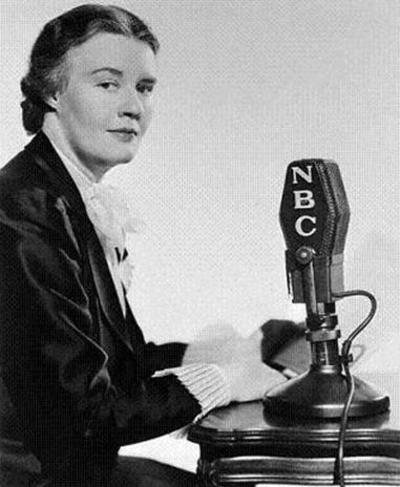
Also mentioned in this episode is Clemence Dane, the writer of Regiment of Women, the novel which Christa was accused of copying. Regiment of Women is an astonishing work, with a somewhat Edwardian feel to it. It is much more dramatic and “larger” than The Child Manuela. It is hard from this distance to see how one story could have been the source of the other but maybe at the time the tale of a schoolgirl’s suicide seemed to ring recent bells. This is Clemence Dane, a larger than life character, a bit like Christa, who also enjoyed cinematic success, winning an Oscar for the screenplay to the film Perfect Strangers ( released as Vacation from Marriage in the USA) – and a lovely movie it is, too.
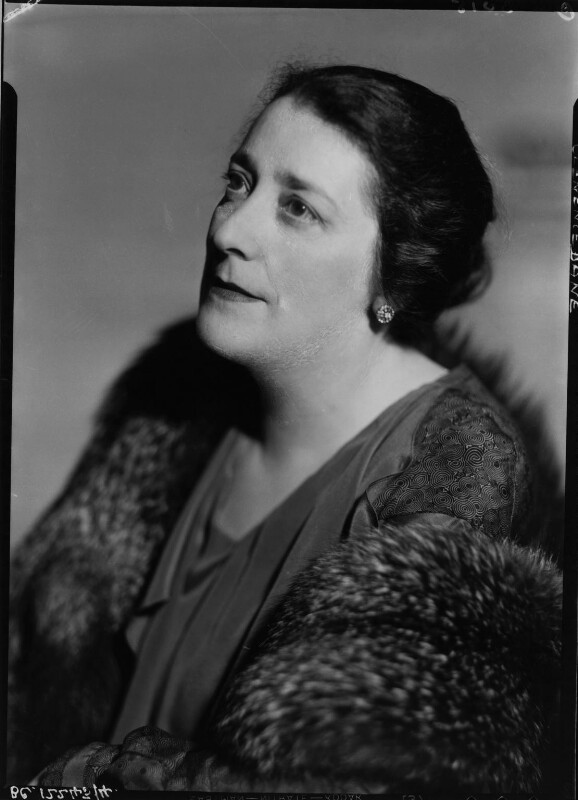
Here’s the episode:
Episode 13
A Series of Violences
A traumatic episode to write. There is still a degree of mystery surrounding what exactly happened to Christa and her friend/lover Simone in a forest in Cluny in 1944. The world was busy with all manner of violence at the time – what was another atrocity? There is evidence of plenty of summary killings directed at perceived traitors around liberated France shortly after that time. But Christa’s friends would not let her reputation be destroyed this way. The way they rallied round to denounce these accusation of spying is truly impressive.
So, what was she doing in France in the first place? She had written the script to a film by the Austrian director G. W. Pabst and was in Paris for the opening. Christa loved to travel and thought nothing of getting in her car and zipping from one European country to another. Why she didn’t return to Germany when war broke out is not clear. It may have been tempting to think that the war would never reach the playground that was the Riviera.
Here is Pabst around the time that he worked with Christa:

And the film they worked on together:
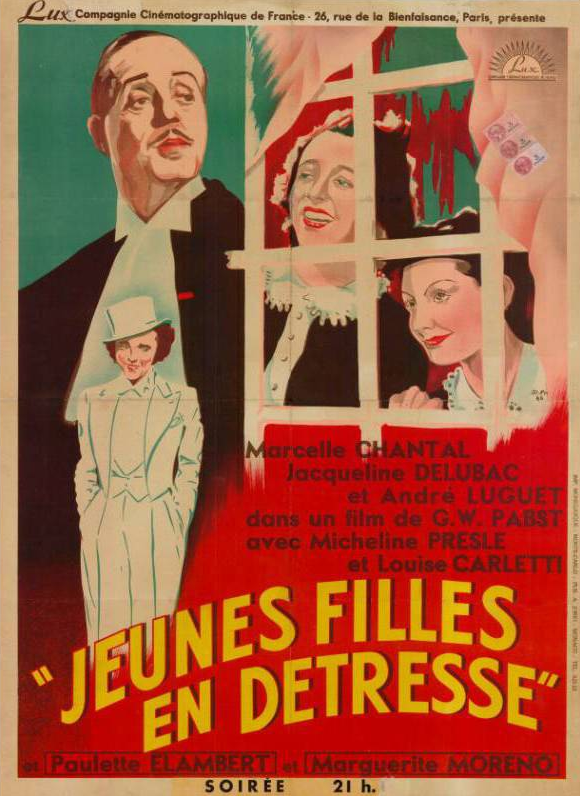
The horror of Oradour-sur-Glane
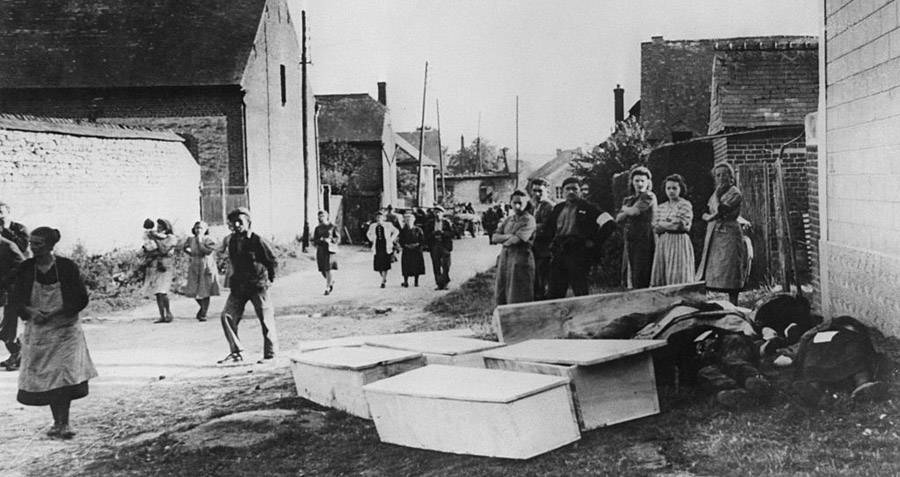
The deeply touching memorial to Christa’s dear friend, Iren Hatvany, killed by the Nazis.

Here is episode 13:
Episode 14
An Interview in Köpenick
What became of the surviving cast and crew of this luminous film? I travel to Germany to speak to the two people who can supply the last pieces to the Mädchen puzzle.